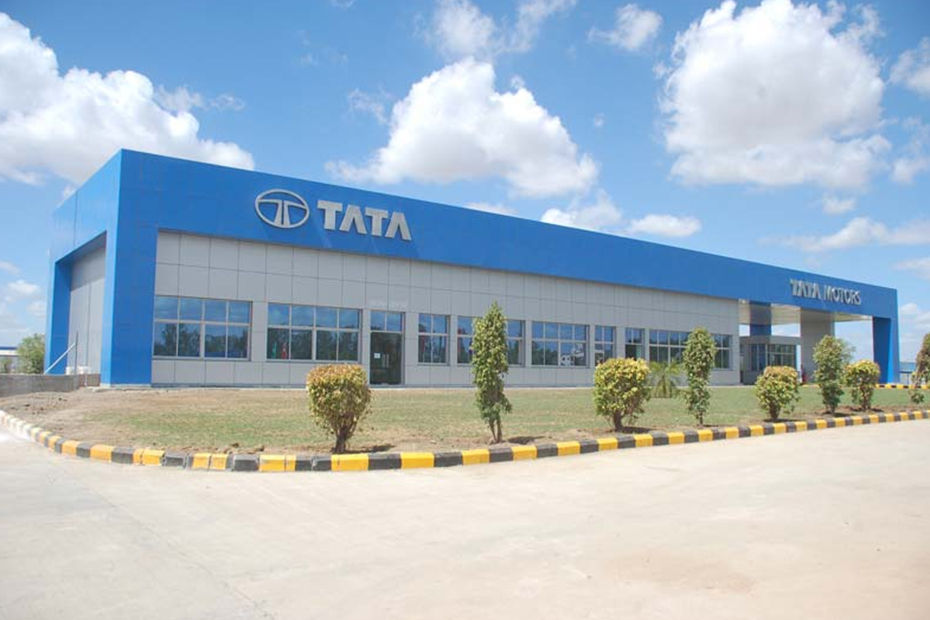Tata Motors Wins Singur Plant Case, The Facility Was Meant For The Tata Nano
Modified On Oct 31, 2023 04:49 PM By Rohit
- Write a comment
Tata Motors has been awarded a sum of over Rs 766 crore by the arbitral tribunal from the West Bengal government

After a prolonged battle between Tata Motors and West Bengal Industrial Development Corporation Limited (‘WBIDC’) that lasted for more than a decade over the Singur plant, the carmaker has announced its victory in the arbitration proceedings amounting to the tune of over Rs 766 crore.
What Was The Case About?

In 2006, the carmaker was allotted approximately 1,000 acres of land to set up a manufacturing plant to make the world’s most affordable car: the Tata Nano. Tata Motors had even commenced the plant’s construction in early 2007, but shortly after, things started going downhill. While the land acquisition had already started drawing flak from local farmers and politicians alike from late 2006, it only intensified over the next couple of years including multiple protests. With no timely resolution in sight, Tata Motors had to make the tough decision to move away from the deal entirely and abandon the Singur plant.
It is said that Tata Motors had plans to invest up to Rs 1,000 crore in the plant and for the Nano project if everything had proceeded smoothly.
Also See: Here’s Your Clearest View Yet At The Tata Curvv SUV’s Flush-type Door Handles
Production Delays For The Nano
Tata Motors had showcased the Nano in early 2008 and probably had plans to put it into production in the same year as well. Ratan Tata himself had made the announcement of shifting bases in view of the controversies surrounding the plant, which led to further production delays for the Nano.

In the following year, the tiny hatchback was launched and it was being manufactured at Tata’s then passenger vehicles-manufacturing facility located in Pantnagar, Uttarakhand. With over 2 lakh bookings for the Tata Nano in just a couple of months, the first batch of 1 lakh Nanos were delivered to owners in July 2009.

There were many other states including Maharashtra and Gujarat who were in the race to get the carmaker to set up its plant in their states. The carmaker eventually established a new factory in Sanand, Gujarat, which first catered primarily to the Nano in the initial years. The facility then went to manufacture many compact Tata cars such as the Tiago, Tigor and even the relatively newer Tiago EV and Tigor EV. More recently, Tata has acquired Ford India’s Sanand facility and now plans to use it to manufacture its range of EVs.
- Check if you have any pending traffic challans here.
- Also check out our car EMI calculator to check the EMI for your preferred car.
The Other Side Of The Story
Speaking of the controversy brings us to one critical question: would the Tata Nano have been more successful had everything panned out in favour of the carmaker? Well, you can say chances could have been more on the positive side. Even though Tata acted relatively swiftly to step away from the Singur deal, it wasn’t before it had made heavy investments in terms of capital, efforts and time. These otherwise could have gone into making the Nano a more value-for-money proposition by giving it more for its then heightened price.

Additionally, the carmaker also had plans to introduce a diesel-powered version of the Nano, while the overall capital otherwise could have also helped in making the hatchback suitable for exports. The only possible way to see the ‘Tata Nano’ nameplate revived is if the carmaker decides to bring it back in an all-electric avatar.
Do you think the Tata Nano would have been a better product had the Singur plans gone ahead flawlessly? Let us know in the comments.
6 out of 6 found this helpful















